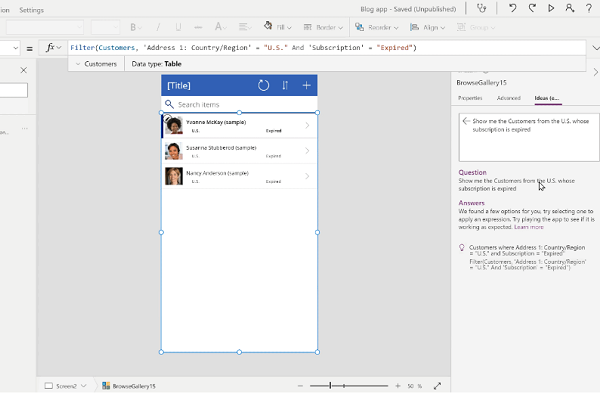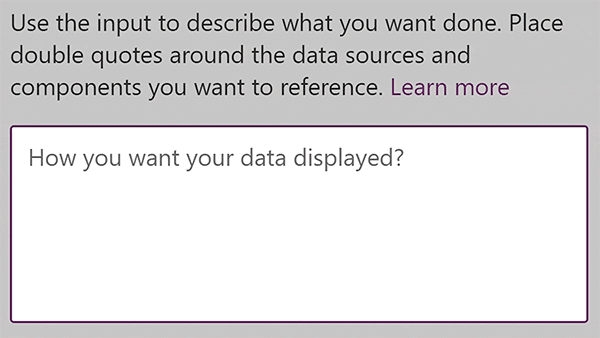Microsoft Brings GPT-3 to Natural Language Programming Tool
Microsoft has integrated OpenAI’s enormous GPT-3 language model into its low-code Power Apps programming tool to make it easier to program software with natural language. This is the first use the tech giant has made of GPT-3 since acquiring exclusively licensing rights last September.
GPT-3 Power
Power Apps is a service designed to allow those without a programming background to code software for business and enterprise purposes. By including GPT-3, the tool will be better at crafting a program from a conversational description of its goal. The user will just need to explain what they want the program to do, and the GPT-3 model will help Power Apps translate that into the Power Fx language it uses. Though Power Fx is based on Microsoft Excel to make it simpler than standard programming languages, GPT-3 streamlines it even more. A user could just say or type what they want to see instead of writing out a formula, as seen in the example up top.
“Using an advanced AI model like this can help our low-code tools become even more widely available to an even bigger audience by truly becoming what we call no code,” Microsoft corporate vice president for Power Apps Charles Lamanna said in a statement. “This will allow people to query and explore data in ways they literally couldn’t do before, and that will be the magical moment.”
GPT-3 for Everybody
GPT-3’s 175 billion parameters grabbed a lot of attention from developers when it first emerged. A combination of scale and design makes it much better at some kinds of conversation, and the idea that you don’t have to invest a lot of effort in setting up a training program to get it to respond as desired is attractive to all the companies who want an AI that can mimic human creative thought. Microsoft’s deal doesn’t mean no one else can use GPT-3, however. The GPT-3 API created by OpenAI almost a year ago, which quickly attracted tens of thousands of applications, is not covered by the Microsoft deal and is still available to developers. For instance, Enterprise writing assistant startup Copy.ai recently raised $2.9 million for its GPT-3-powered AI that helps businesses write text for ads, social media, posts, product descriptions, and other marketing materials.
For Microsoft, GPT-3 is an opportunity to augment its commercial offerings like Power Apps, hence the licensing deal, which includes Microsoft investing $1 billion in OpenAI to develop new ideas for Azure, such as the AI Supercomputer. Now, GPT-3 runs on Microsoft’s Azure platform. Microsoft has major ambitions for the language model, including more programming translation and scaling up existing products to a global level. Power Apps is only the first use of GPT-3 but a potentially excellent test of its prowess in the market.
“GPT-3 is the most powerful natural language processing model that we have in the market, so for us to be able to use it to help our customers is tremendous,” Power Apps product marketing manager Bryony Wolf said. “This is really the first time you’re seeing in a mainstream consumer product the ability for customers to have their natural language transformed into code.”
Follow @voicebotai Follow @erichschwartz
Microsoft Scores Exclusive License to the Much-Hyped GPT-3 Language Model
GPT-3-Powered Business Writing Assistant Copy.AI Raises $2.9M
Microsoft Spins Out Chinese Chatbot Xiaoice to Independent Operations










